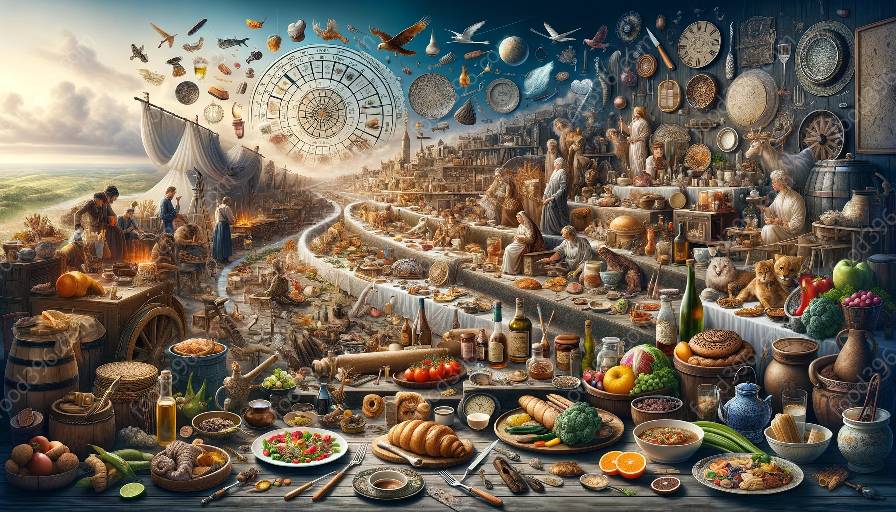Spanish cuisine is renowned for its diverse regional variations, each offering a unique culinary experience deeply rooted in history and culture. From the sophisticated flavors of Catalonia to the bold and traditional dishes of Andalusia, each region of Spain boasts a rich gastronomic heritage that has evolved over centuries. Let's delve into the captivating world of regional Spanish cuisines, explore their culinary traditions, and uncover the historical influences that have shaped them.
Catalonia: A Fusion of Flavors
Catalan cuisine is a reflection of the region's diverse cultural influences, incorporating elements from both Mediterranean and French culinary traditions. The use of seafood, fresh vegetables, and aromatic herbs characterizes Catalan dishes, with a notable emphasis on creating harmonious flavor combinations. Iconic Catalan specialties include paella, butifarra (sausage), escalivada (grilled vegetables), and crema catalana (Catalan cream).
Basque Country: Culinary Innovation
The Basque Country is celebrated for its culinary creativity and commitment to using high-quality, locally sourced ingredients. Basque cuisine is heavily influenced by the region's coastal location, with an emphasis on seafood, as well as its fertile lands, resulting in a rich array of vegetable-based dishes. Notable Basque specialties include txangurro (stuffed crab), piperade (pepper and tomato stew), marmitako (tuna and potato stew), and the world-renowned pintxos (small, elaborately prepared snacks).
Andalusia: Moorish Heritage
Andalusian cuisine bears the influence of its Moorish past, featuring a blend of flavors and ingredients from North Africa, the Middle East, and the Mediterranean. The use of spices, dried fruits, and nuts is a hallmark of Andalusian dishes, providing a unique depth of flavor. Staple Andalusian specialties include gazpacho (cold soup), salmorejo (thick tomato and bread soup), rabo de toro (oxtail stew), and pescaíto frito (assorted fried fish).
The Historical Tapestry of Spanish Cuisine
Understanding the culinary history of Spain is essential to appreciate the rich tapestry of regional cuisines. The roots of Spanish cuisine can be traced back to ancient civilizations, such as the Phoenicians, Romans, and Moors, who introduced key ingredients like olives, grapes, almonds, and spices. The discovery of the New World brought significant changes to Spanish cuisine, adding ingredients like tomatoes, potatoes, and peppers, which have become integral to many regional dishes.
The intricate history of Spanish cuisine includes the impact of royal banquets, the influence of religious orders, and the formation of trade routes that connected Spain with the Americas and other parts of the world. Each region's unique history and geographic features have contributed to the development of distinct culinary traditions, creating a vibrant mosaic of flavors and dining experiences across Spain.
Exploring Cuisine History: Evolution of Spanish Gastronomy
The evolution of Spanish gastronomy epitomizes a harmonious blend of diverse cultural influences, reflecting centuries of historical, social, and environmental changes. The Medieval period witnessed the emergence of the European cuisines, as culinary techniques and ingredients were interwoven between Spain and its neighboring countries.
The Renaissance brought about a profound transformation in Spanish culinary practices, as new ingredients, spices, and cooking methods from the Americas permeated the local cuisine. The fusion of indigenous culinary traditions with exotic flavors from distant lands resulted in the creation of innovative dishes and culinary styles that continue to shape Spanish gastronomy today.

